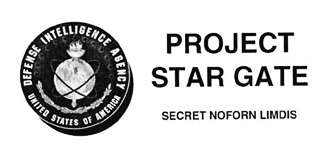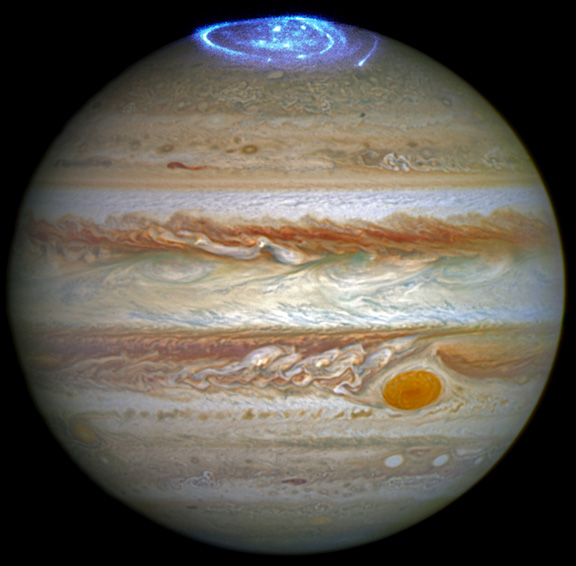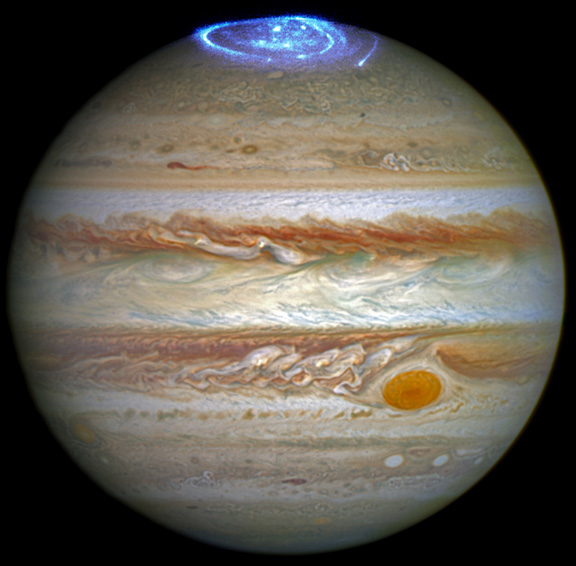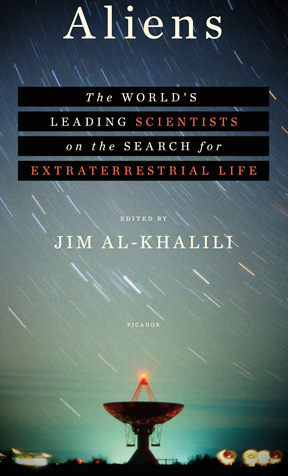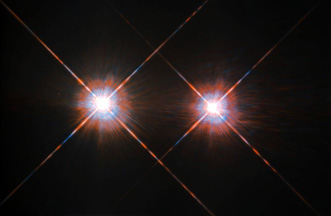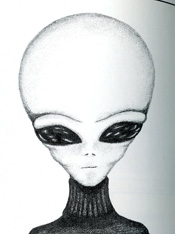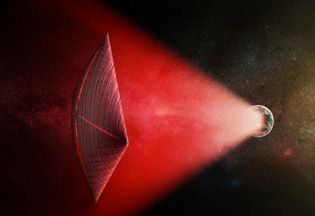— “What was also remarkable about Edgar Mitchell (Apollo 14 astronaut and founder of the Noetic Institute) was that he was one of the first fronts for the CIA.”
- Annie Jacobsen, author of “PHENOMENA: The Secret History of the U. S. Government's Investigations into Extrasensory Perception (ESP) and Psychokinesis (PK).”
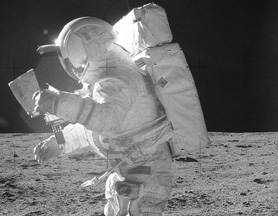
Click here to subscribe and get instant access to read this report.
Click here to check your existing subscription status.
Existing members, login below:


